National Geographic’s Space Issue Finds Humanity in the Vast Expanse
![]()
National Geographic’s special Space issue is available now, full of amazing stories and images all about space. From articles about how the James Webb Space Telescope is rewriting astronomy and astrophysics to humankind’s return to the Moon as part of the NASA Artemis mission, the NatGeo space issue has something for everyone with interest in the universe.
Lunar Exploration Builds Upon Rich History to Chart Exciting Future
PetaPixel has spoken with Kurt Mutchler, Senior Photo Editor, National Geographic, about the space issue and a specific article about how researchers from NASA, Korea Aerospace Research Institute, and Arizona State University use the incredible ShadowCam instrument to study the Moon’s darkest and most mysterious regions.
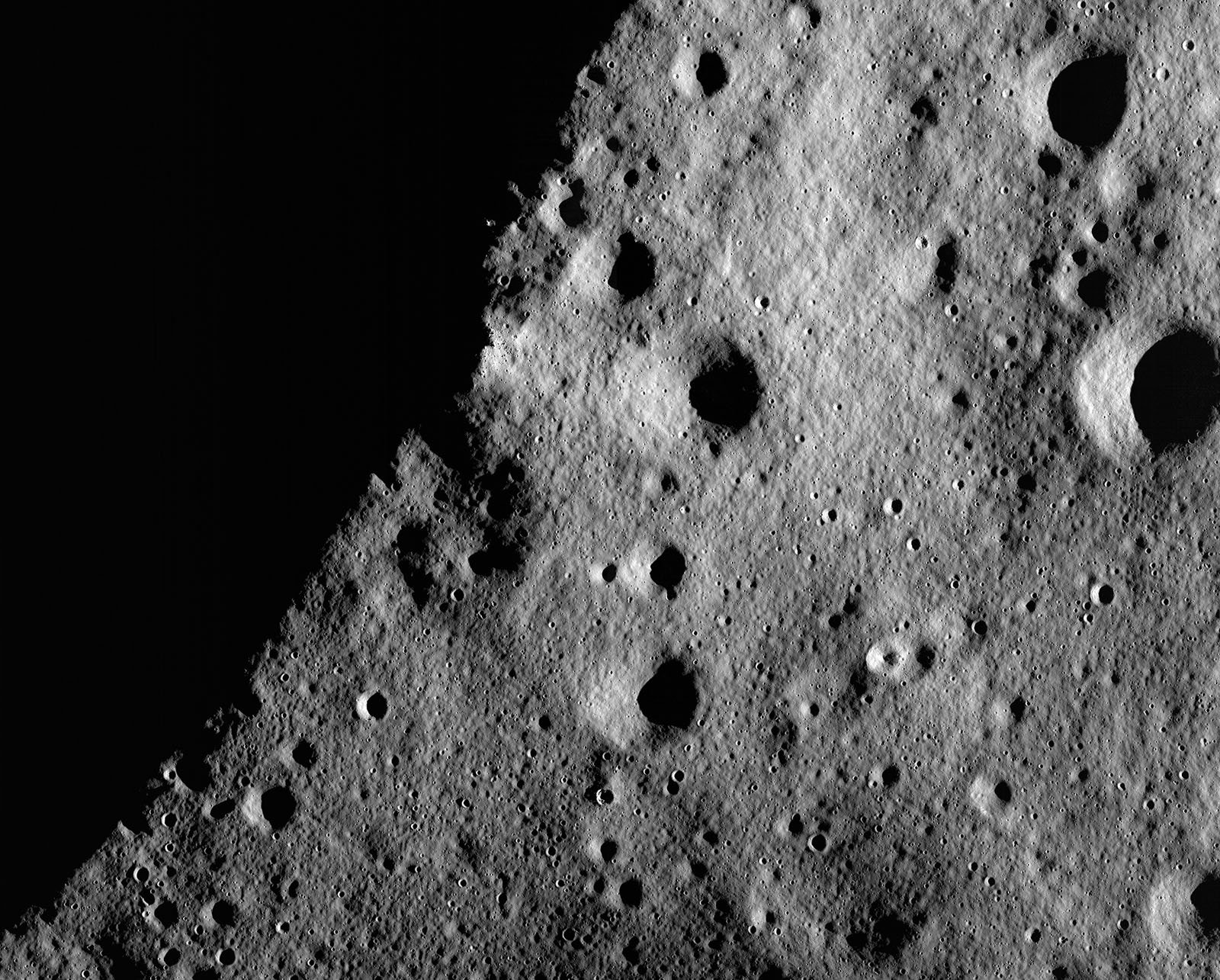
“Until now, scientists could not see some areas near the Moon’s mysterious south pole. But new technology has lit up pockets shrouded in permanent darkness, among the coldest places in the entire solar system. A new image is giving scientists a view of one of these darkened craters before astronauts are scheduled to touch down nearby during the Artemis III mission in 2025,” writes Nat Geo’s Jay Bennett.
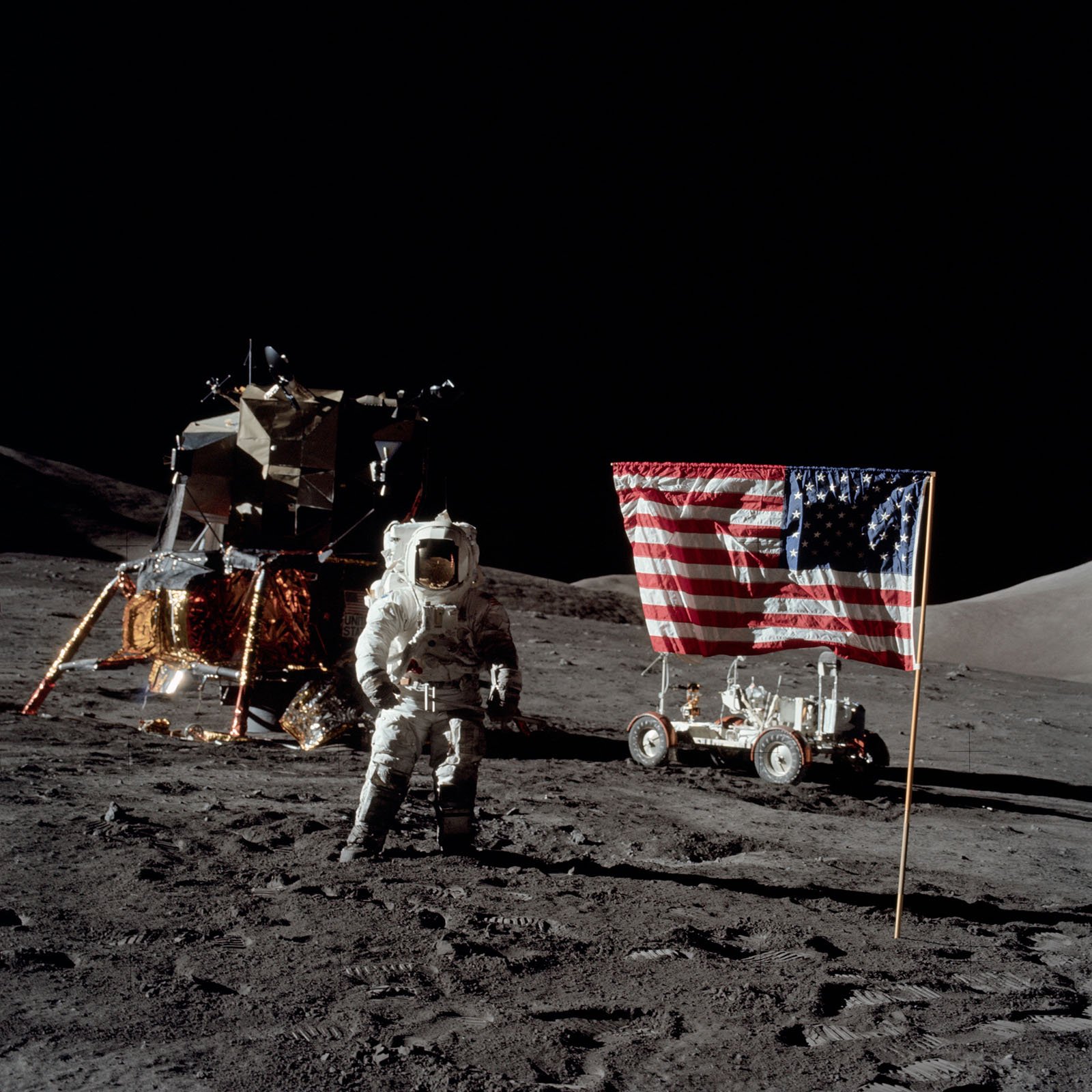
The Moon Continues to Enchant and Fascinate
At first blush, the Moon may seem a bit mundane compared to some of the cosmological subjects scientists observe using instruments like Webb, some of which are seen as they appeared billions of years ago, but people ought not to discount the wonder of the Moon just because it is relatively close by — approximately 240,000 or so miles (385,000 kilometers) from Earth on average. While that is still remarkably far, it is incredibly close on a galactic or universal scale.
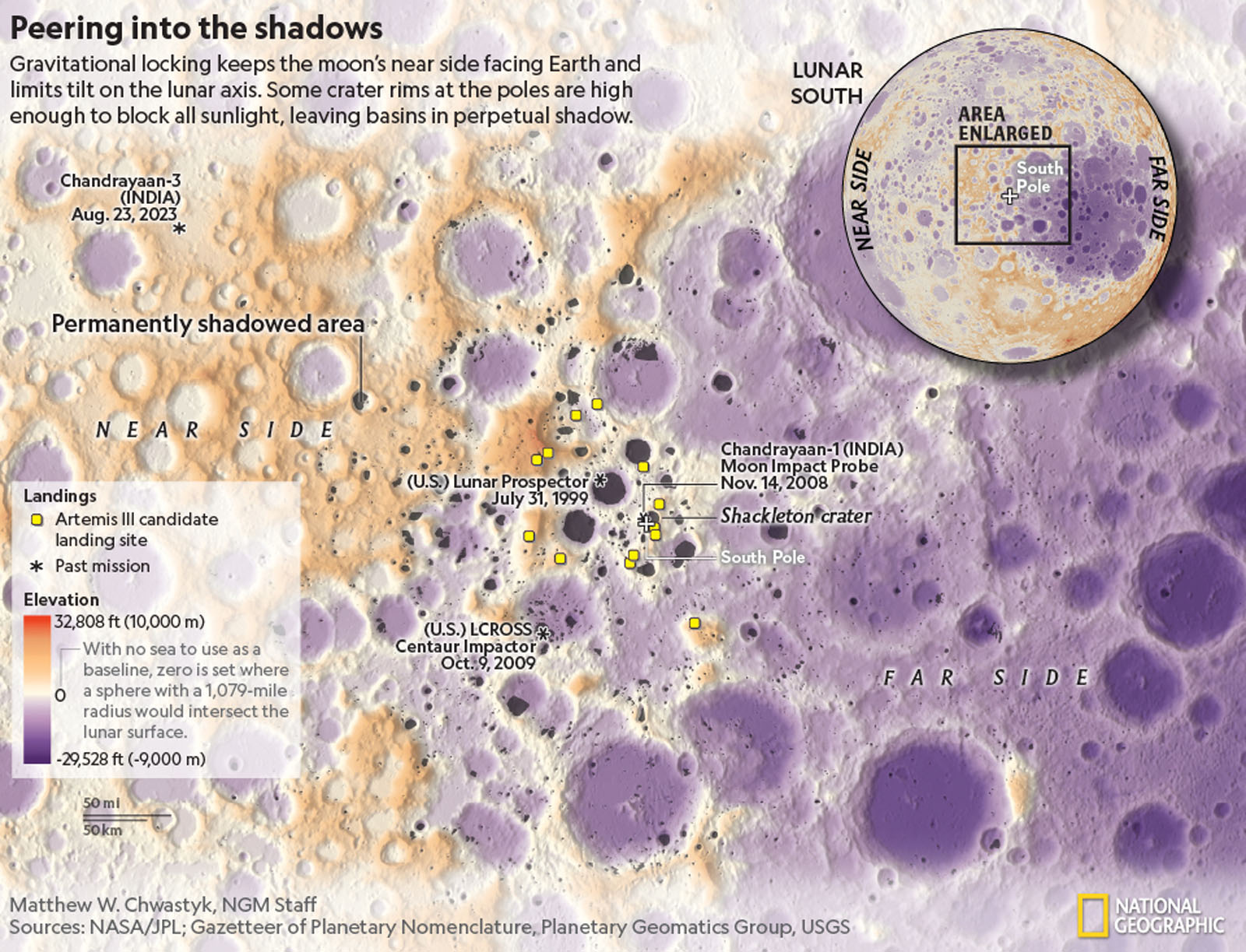
However, despite being easily visible to all humans who ever walked the Earth, the Moon continues to enchant people to this day. When Neil Armstrong became the first person to set foot on the Moon on July 20, 1969, practically the entire world was watching. That first step and the subsequent trips to the Moon have not done much to tarnish the satellite’s mystique.
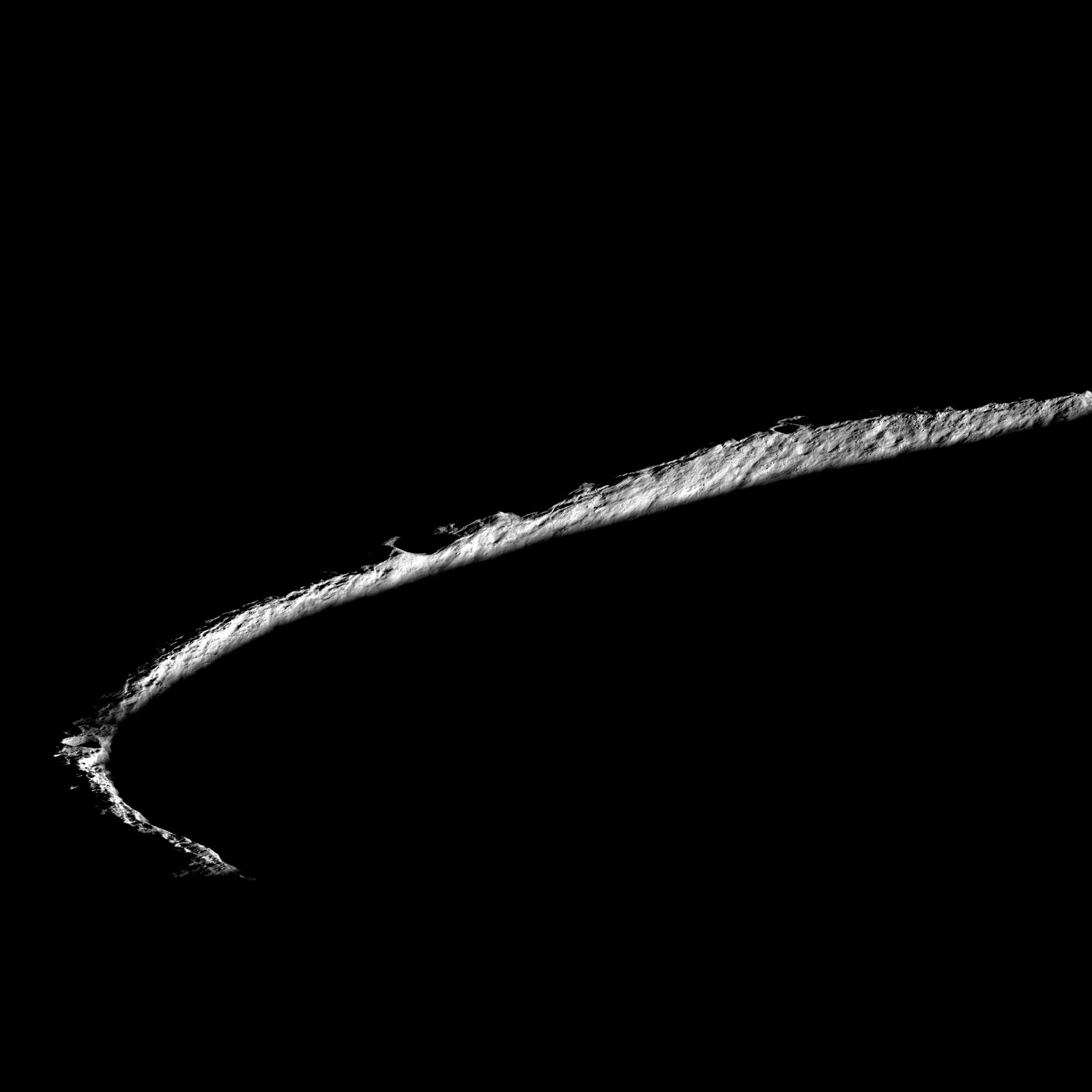
“Get ready for more tantalizing images of the moon as a suite of new machines (and humans) is slated to land in the next few years,” Mutchler tells PetaPixel. “ShadowCam, the genius of Mark Robinson at Arizona State University and the camera builders at Malin Space Science Systems (thank you, Michael Ravine!), is capturing low light to reveal the mysteries of the permanently shadowed regions on the lunar south pole. One of the reasons the Moon is captivating is because we can see it quite well with the naked eye as did painter Jan van Eyck in his scientifically accurate painting of the Moon in 1441.”
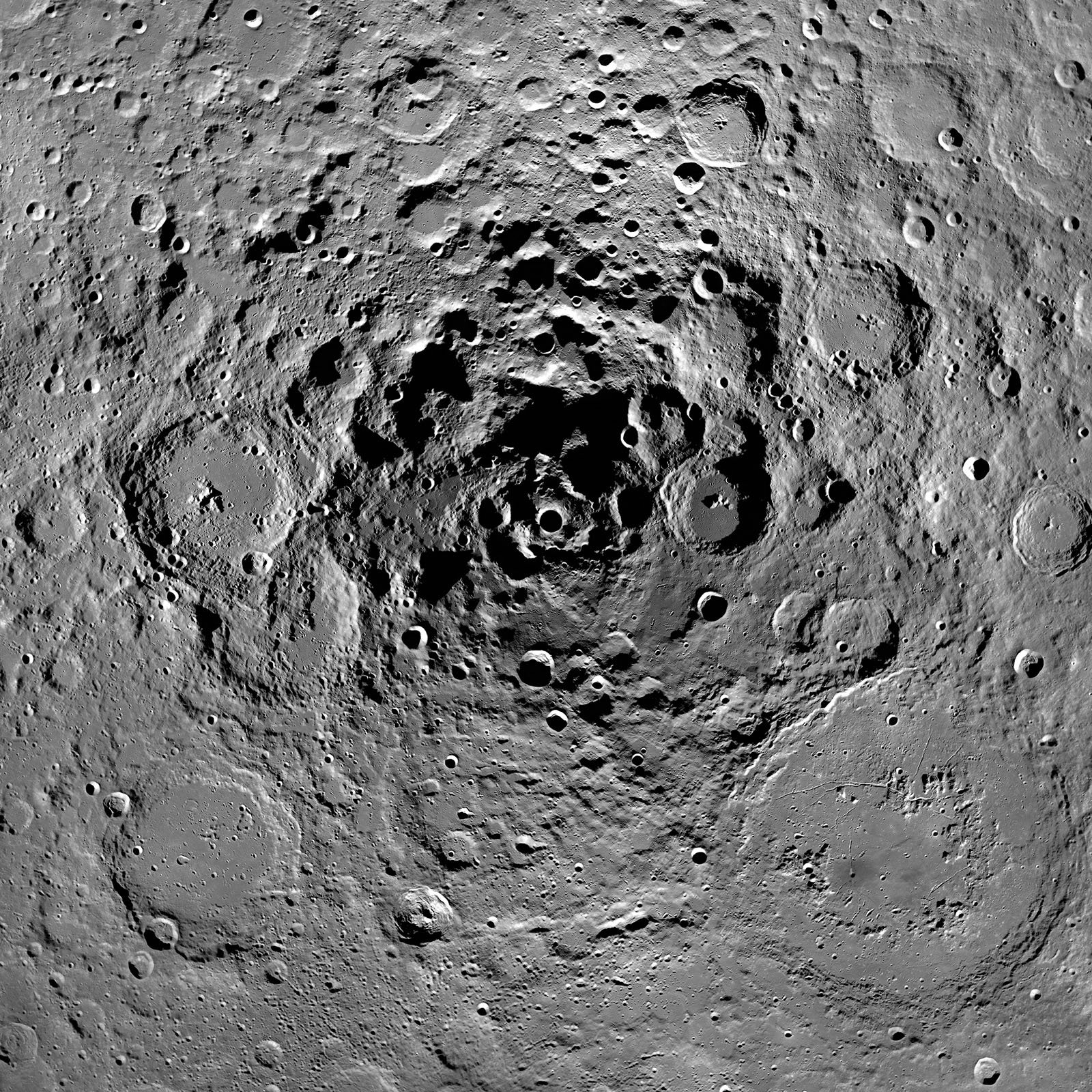
ShadowCam enables scientists to see the somewhat familiar Moon in a new way with never-before-seen detail. It also allows people to view areas of the Moon that have never been looked at before, at least not with much fidelity.
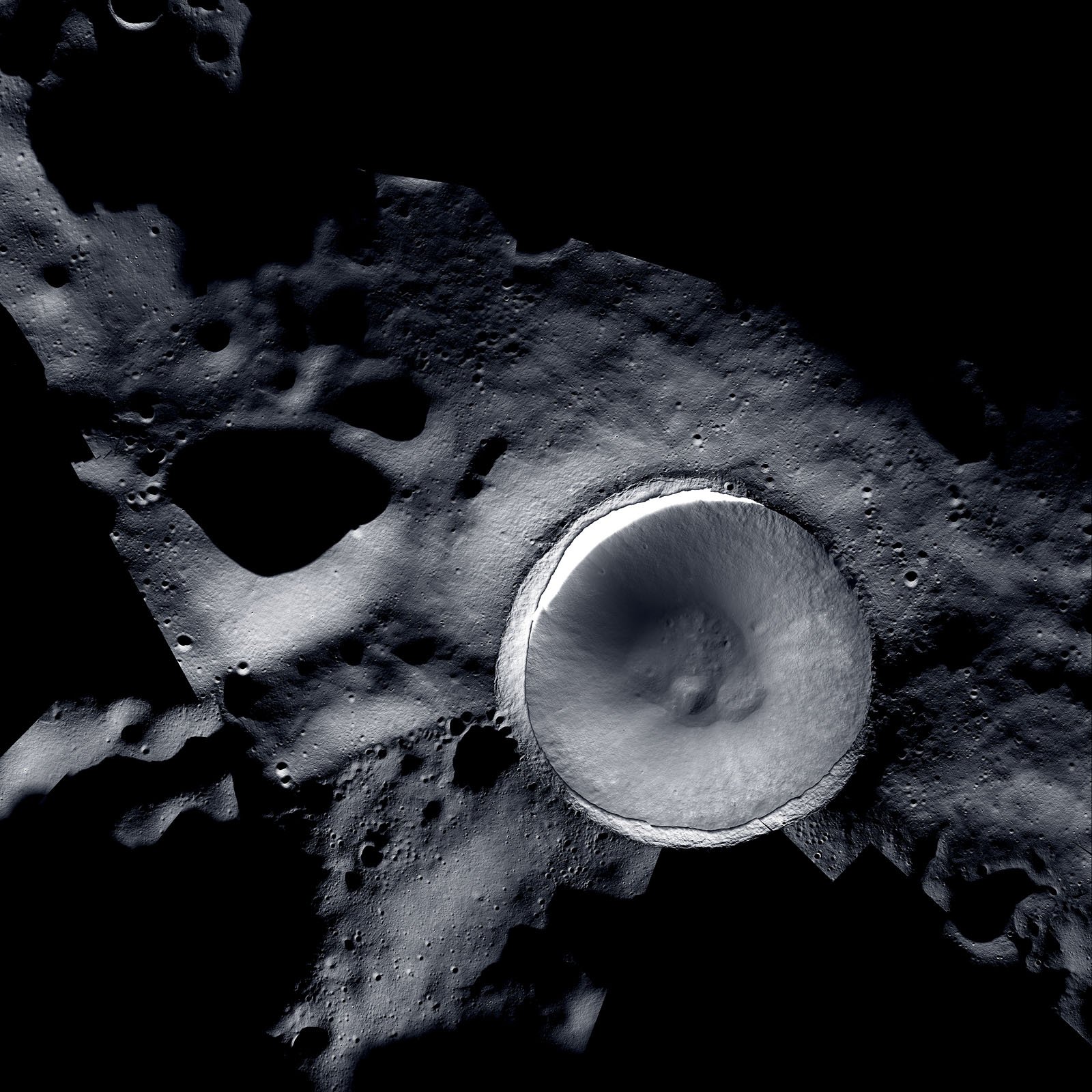
We Are Living in the Golden Age of Space Images
This innovation is not unique to ShadowCam and how people can view the Moon, either, as ShadowCam is part of a significant renaissance in space imaging technology.
“JWST is revolutionizing astronomy through its infrared eyes — a wavelength that we cannot see — and its giant mirror (21 feet 4 inches to the Hubble Space Telescope’s seven feet 9 inches) to collect light. It’s the latest technological marvel to allow us to see the ‘old’ in new light and the ‘new’ we have never seen before,” Mutchler explains.
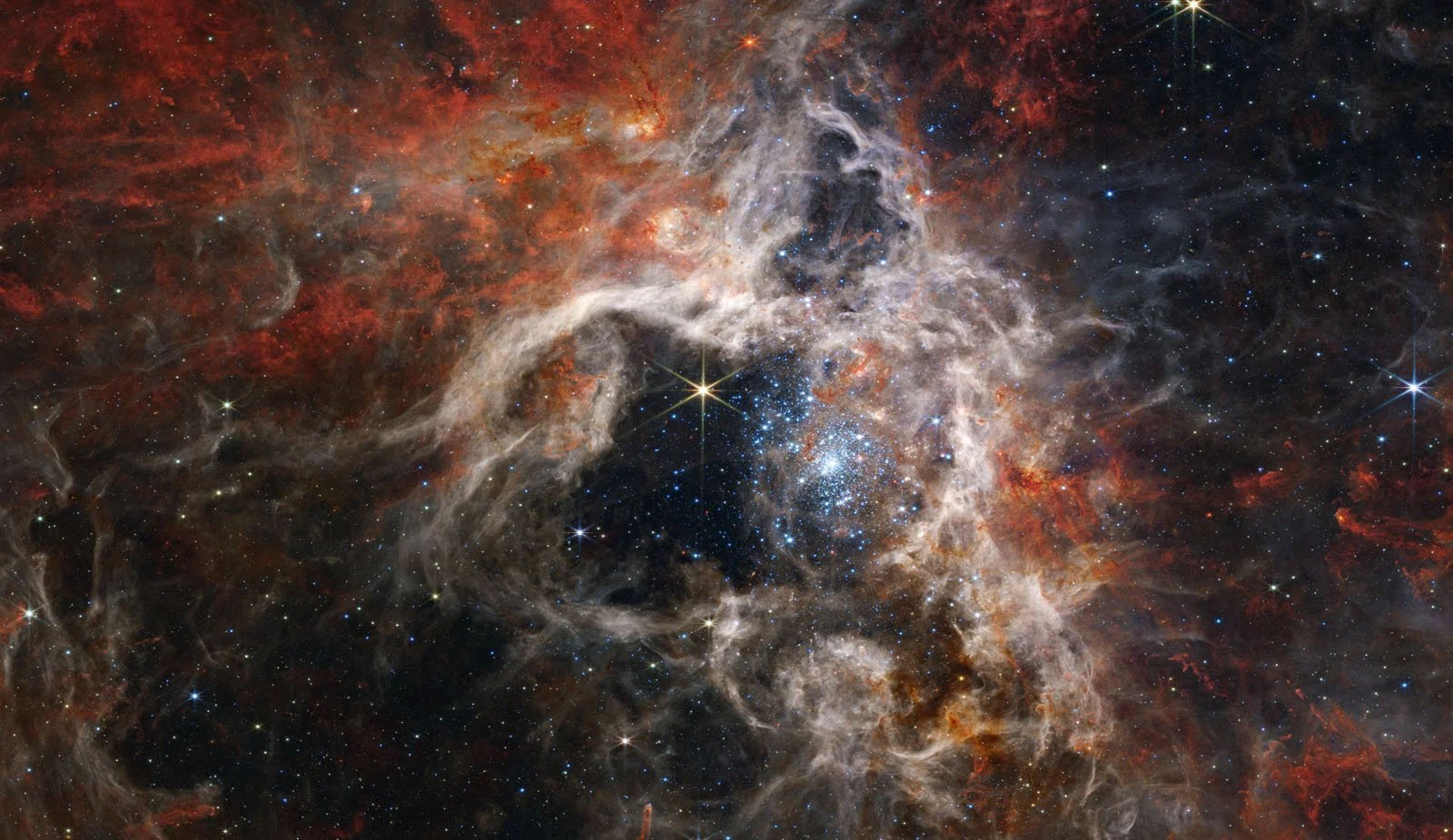
“We knew we needed to include in our space issue the latest images from the JWST, but we also used images from Hubble, Gemini North telescope, Daniel K. Inouye Solar Telescope, MeerKAT radio telescope, Perseverance rover, Cassini and Huygens spacecraft, Event Horizon Telescope, Lunar Reconnaissance Orbiter, and ShadowCam onboard the South Korean spacecraft Danuri. We also sent photographers Dan Winters, Carsten Peter, Kenny Broad, and Chris Gunn to photograph behind-the-scenes events to bring a unique perspective to our stories.”
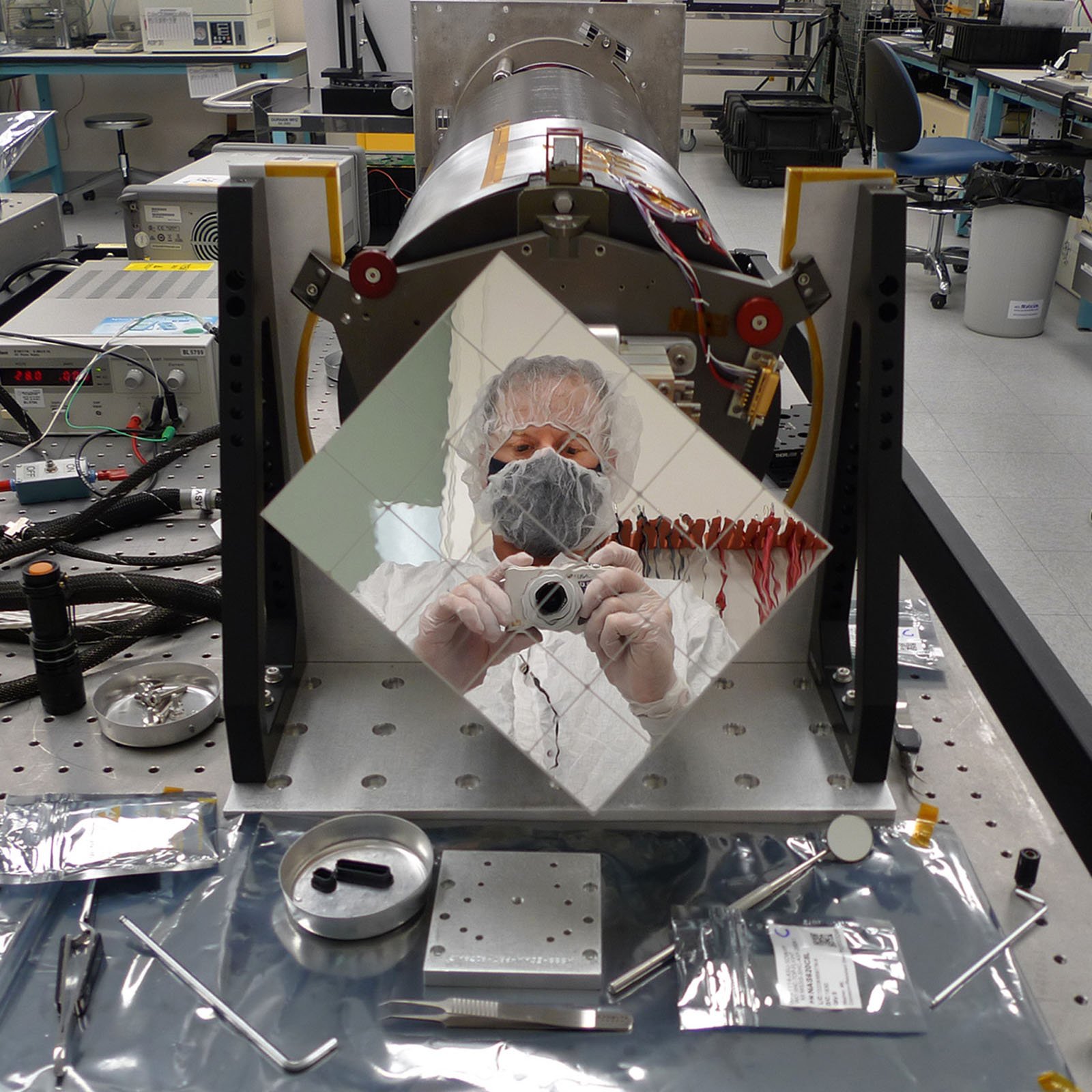
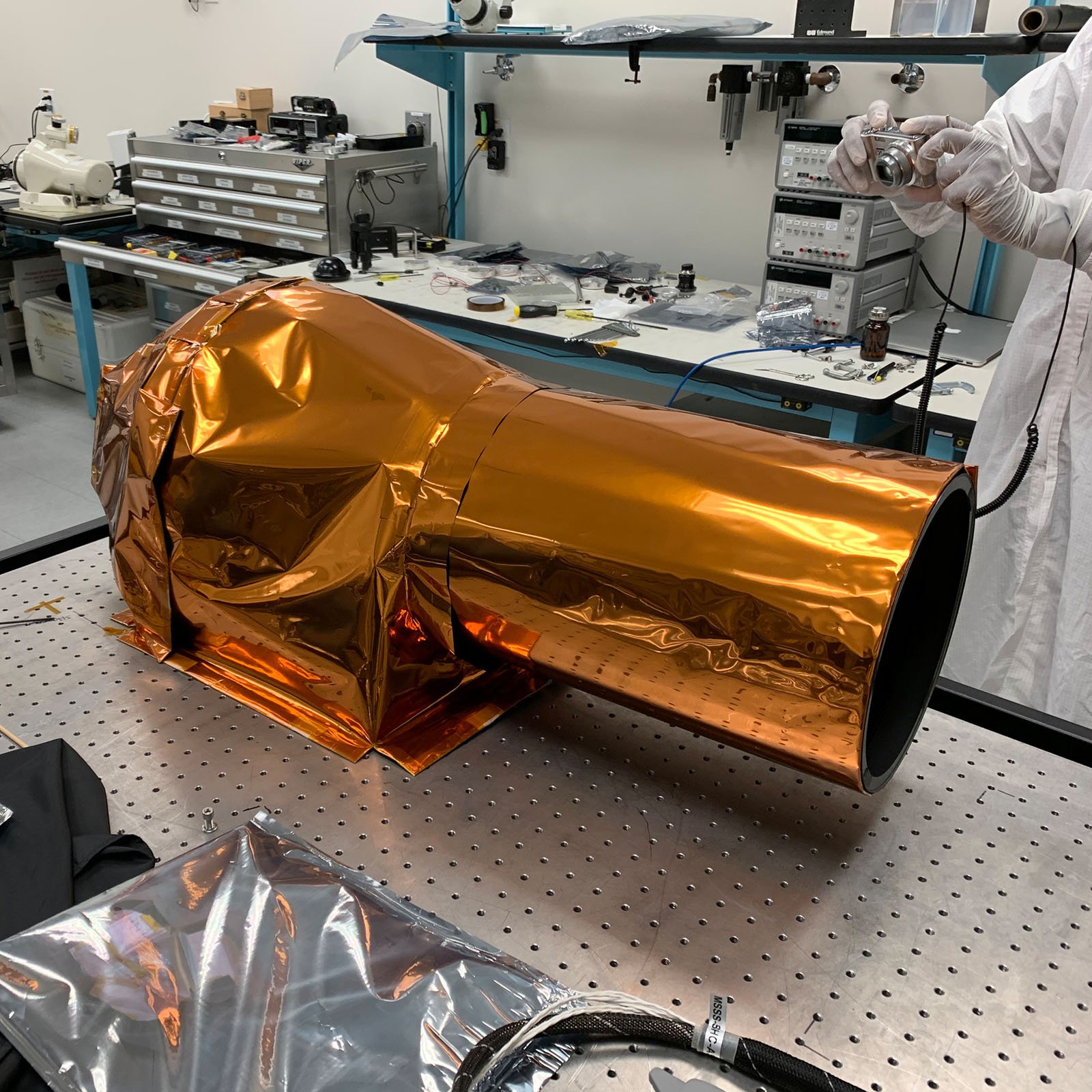
“thermal blanket” for insulation, ShadowCam is 200 times more sensitive to light than previous NASA lunar cameras.| Credit: Photograph by Matt Clark, Malin Space Science Systems
Speaking of the special space issue in general, Mutchler explains that, “the latest space imagery is amazing, and it’s all due to the genius of the scientists and engineers that continue to create and build incredible machines to explore the solar system and beyond…At National Geographic, we quickly realized the moment was right to collect the latest scientific insights and ground-breaking images captured by the James Webb Space Telescope (JWST), talk to the experts behind them, and do our best to break it down into a current accounting of the latest and greatest of the celestial for our readers. The result is our special space issue that is, from cover to cover, focused on the current era of space exploration.”
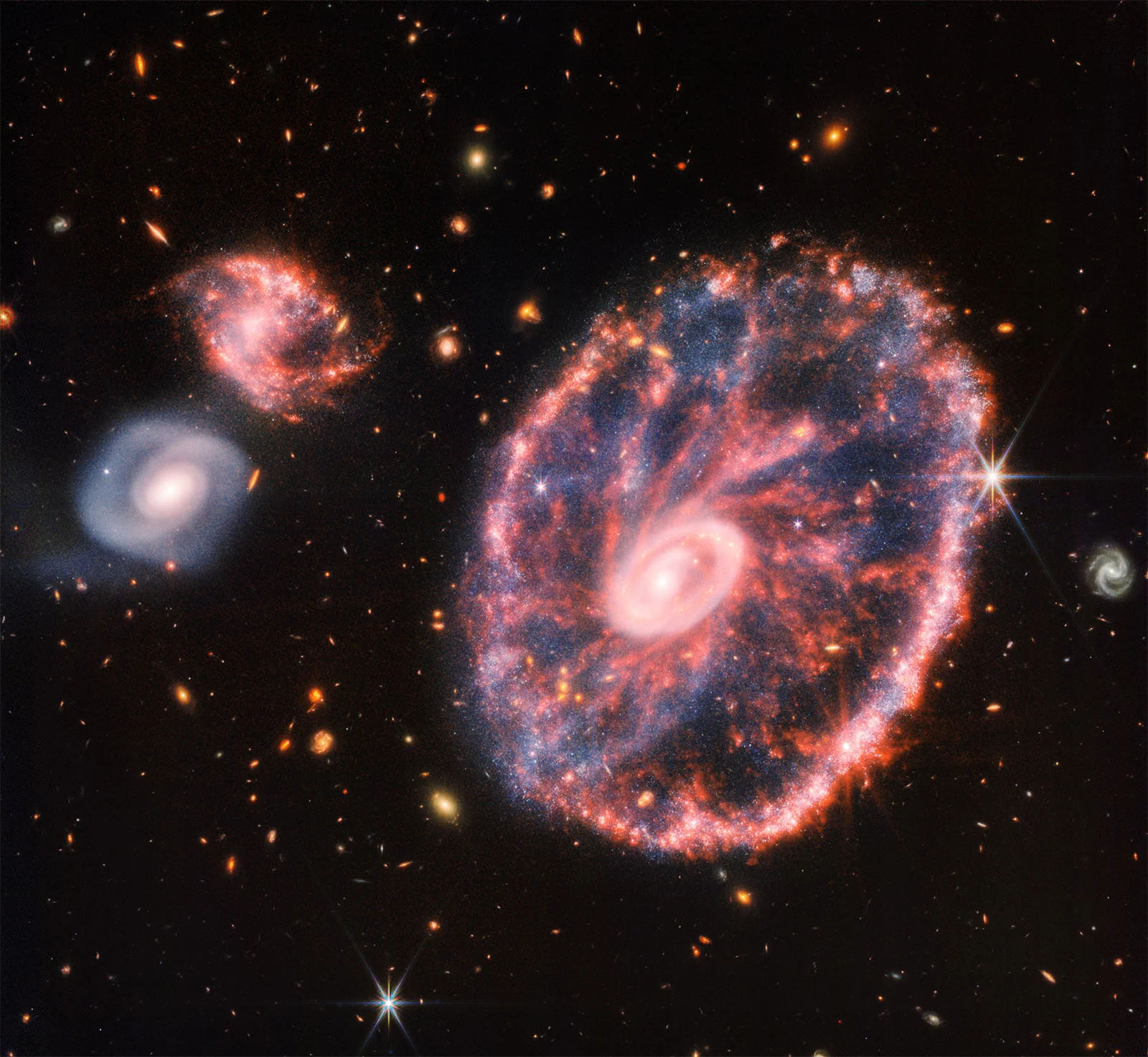
Making Science Accessible Through Powerful Images and Thoughtful Writing
The task of “breaking it down” for readers is a tricky one when considering cutting-edge scientific investigations of space. Although humanity’s collective understand of space is light-years ahead of where it was not even a few decades ago, much of the contemporary science remains exceptionally complicated, and deeply rooted in advanced physics and chemistry.
Finding the right way to convey the importance of sophisticated scientific discoveries is no easy feat, especially when some of the discoveries concern the very nature of the universe itself.
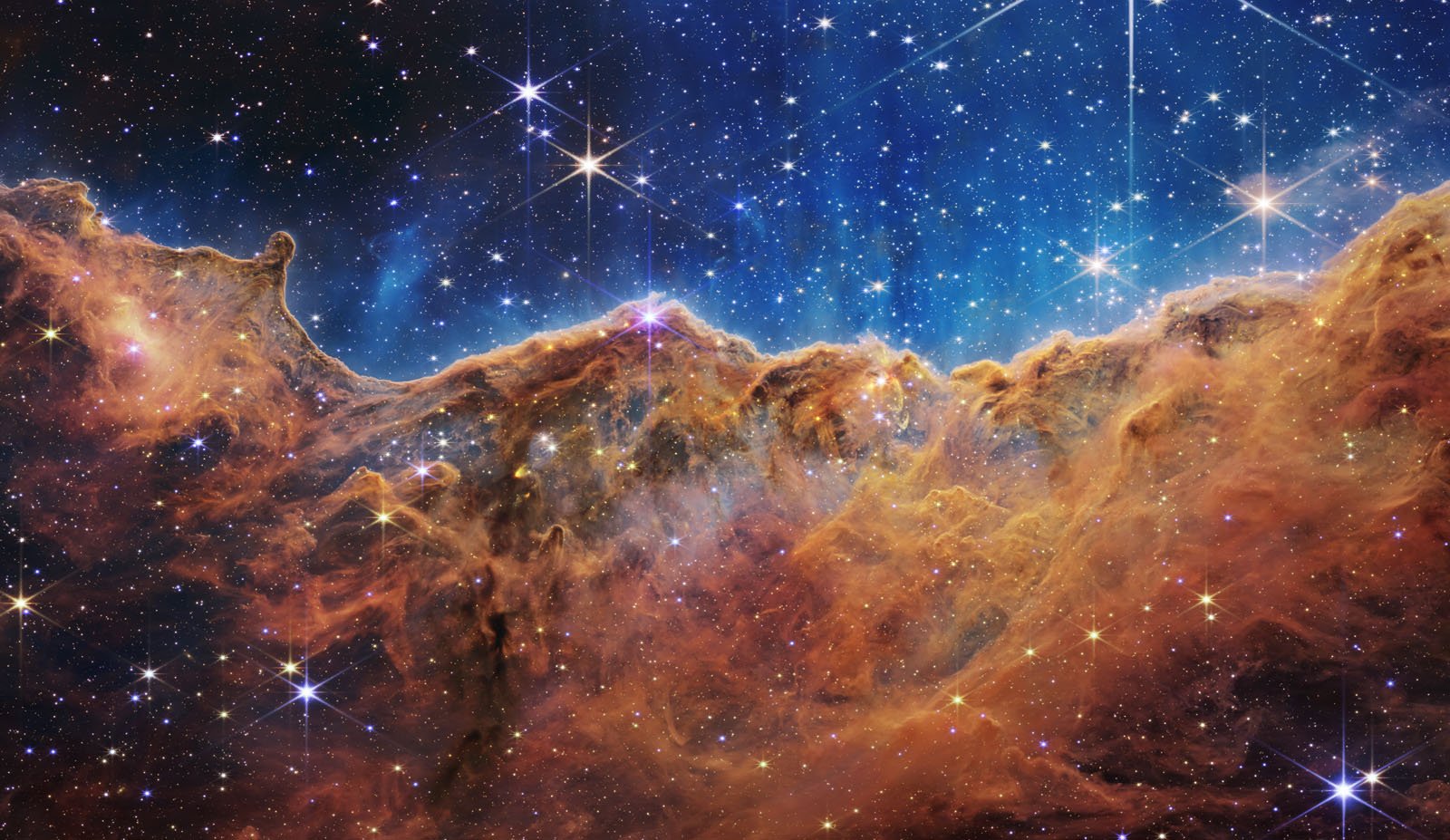
“It all begins with the amazing scientists who devote some of their precious time to share their expertise and knowledge. I always say that these people make the Earth spin,” Mutchler explains.
“In turn, National Geographic has a terrific team of photo, text, graphic, cartographic, and design editors along with top-notch writers, researchers, and copy editors. At the end of the day, we all do our best to bring understanding to these complex ideas from the genius of the scientists because, at National Geographic, we want people to better understand the universe they’re living in. We want folks to share in the wonder and awe we feel when we see these images and learn about the science behind them.”
Is Deep Space ‘Alien,’ or Is it at the Very Core of All Life?
A big part of the awe of space imagery is that it can straddle the line between the familiar and the alien. Mutchler argues that perhaps “nothing is alien” at all, and everyone is connected, with roots tracing back 13 billion years ago to the Big Bang.
“I’ll defer to the wisdom of John Mather, a Nobel laureate and the senior project scientist for NASA’s James Webb Space Telescope, who said in a NASA Q&A: ‘So if we really want to know where our atoms came from, and how the little planet Earth came to be capable of supporting life, we need to measure what happened at the beginning,'” Mutchler tells PetaPixel.
“From our vantage point at National Geographic, we’re lucky that the incredible celestial images pretty much do the work for us. They are awe-inspiring just as they are, and the more we dig into ‘what happened at the beginning,’ which connects us all, the more intrigue and wonder they engender.”
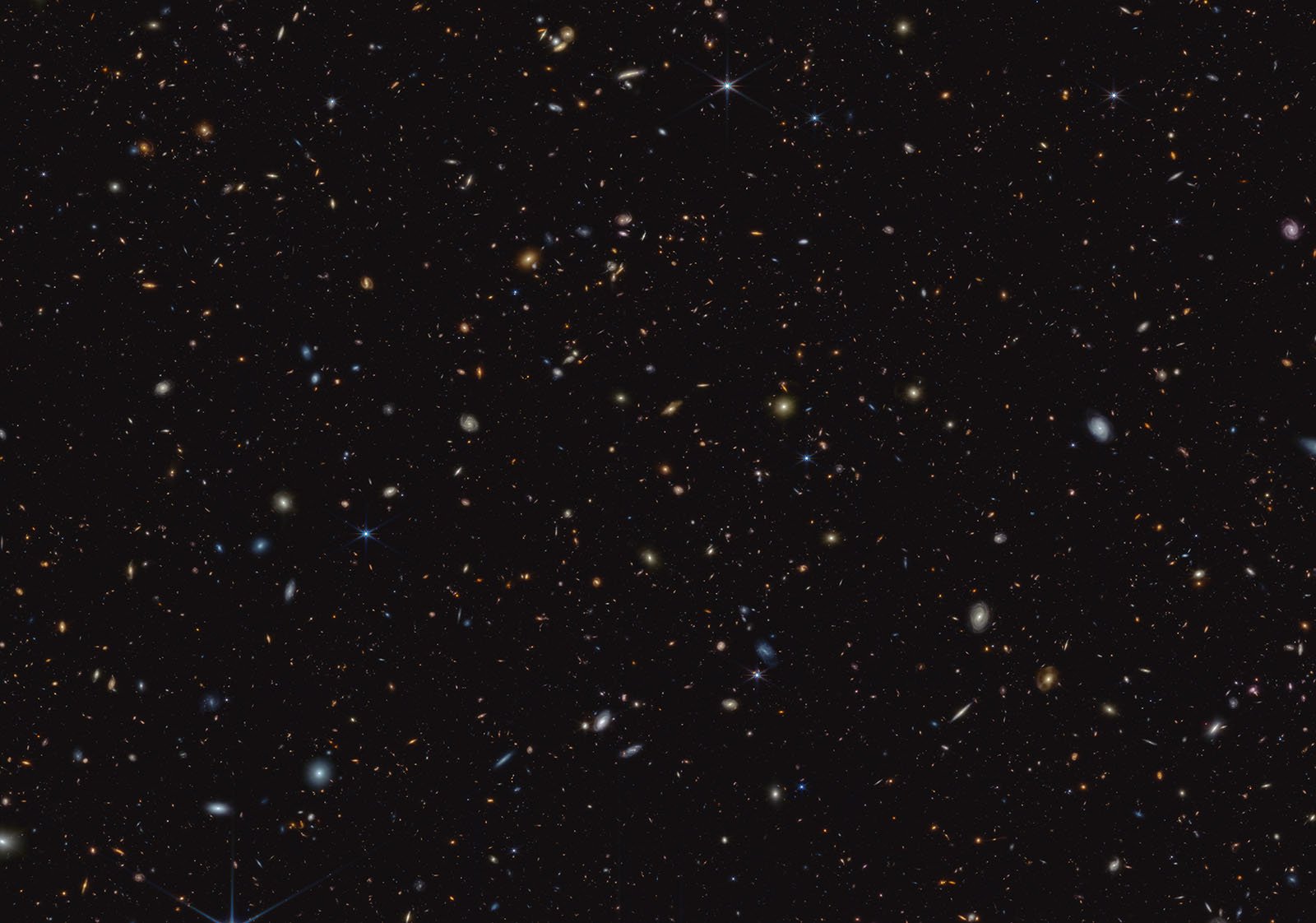
For many, images of deep space, showing subjects that are incomprehensibly large, distant, and old, is an incredibly powerful, awe-inspiring experience.
Even for Mutchler, who has seen countless space images throughout his life and career, the magic never disappears.
“I never cease to be amazed at the incredible photographs and images that scientists produce in the course of their work,” he says.
The Ever-Larger Expanse and Earth’s Solitude
However, it is not always easy to present space imagery in a way that makes it easy for everyone to connect to it. For some viewers, certain deep-space images are powerful in a less positive way; they can be terrifying.
For Mutchler, that vastness — and just how small Earth truly is — is inspiring rather than upsetting.
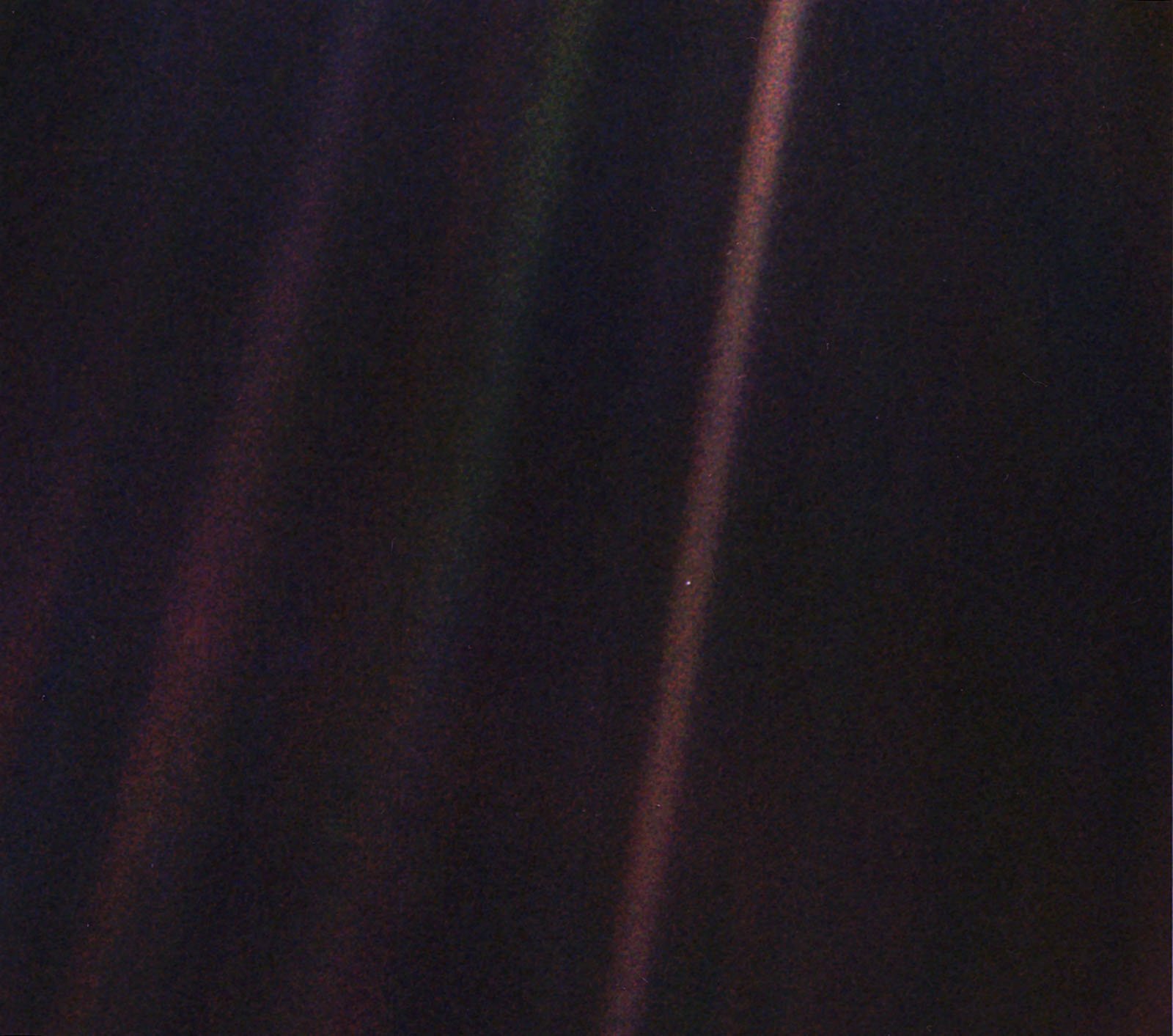
“My favorite space image (a mosaic of 60 images) is probably the best example of this. In it, we see Earth appearing as a faint speck of light in a sea of darkness,” says Mutchler. “It was taken by the Voyager 1 spacecraft in 1990 from more than 4 billion miles away as it was speeding out of the solar system beyond Neptune. It is known as The Pale Blue Dot. We have astronomer Carl Sagan to thank for the image. As a 2019 NASA release noted: ‘He had the original idea in 1981 to use the cameras on one of the two Voyager spacecraft to image Earth. He realized that because the spacecraft were so far away the images might not show much. This was precisely why Sagan and other members of the Voyager team felt the images were needed — they wanted humanity to see Earth’s vulnerability and that our home world is just a tiny, fragile speck in the cosmic ocean.’ The image serves as an inspiration to us all.”
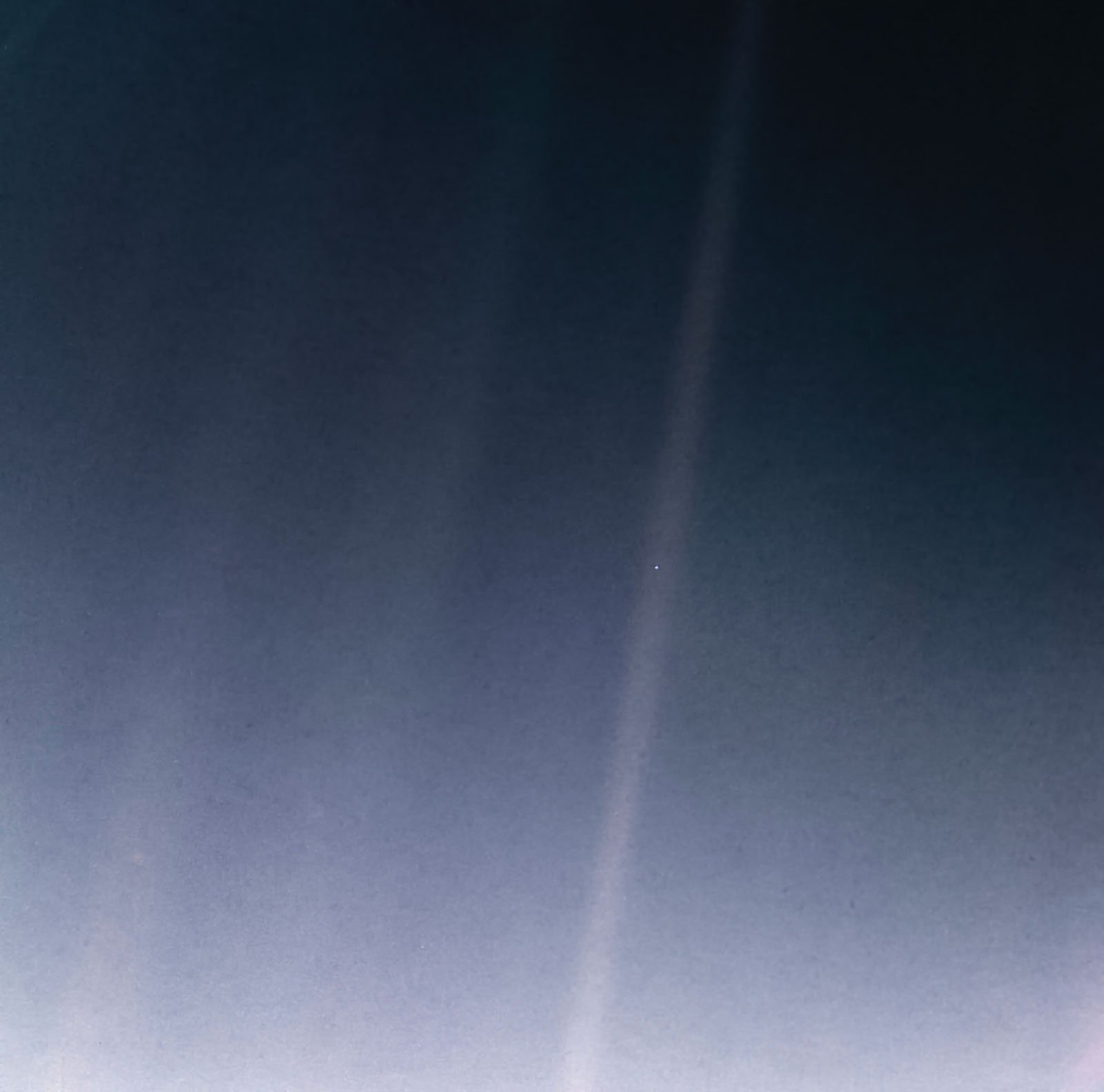
A Hunger for Knowledge Underpins Mutchler’s Work
Kurt Mutchler has seen a lot in his nearly 30 years at National Geographic.
“I’ve been lucky to have worked at National Geographic for 29 years accruing knowledge and making friendships with scientists to whom I can go back to over and over again. Tom Abel at Stanford University, whose work we published in our JWST story, is a prime example. Science stories take a great deal of time to research and then talk with scientists to understand it all. Brainstorming with writers, editors, and photographers can hone ideas to workable solutions. Through the course of all of this, I construct a working outline — why, where, how, and when — to discuss with the photographer. In the end, the brilliance of the storytelling is in the hands (and eyes) of the photographers who never cease to amaze with me with what they produce. Waking up at 3 AM to chat and brainstorm via WhatsApp with a photographer working in the field halfway around the world is something special.”
![]()
The passion for science and space of Mutchler and the rest of the Nat Geo staff is on full display in the new special space issue, which is available now. The next time the legendary magazine gives space its own issue, who knows what wonders will have been uncovered and what cosmic puzzles have been solved?